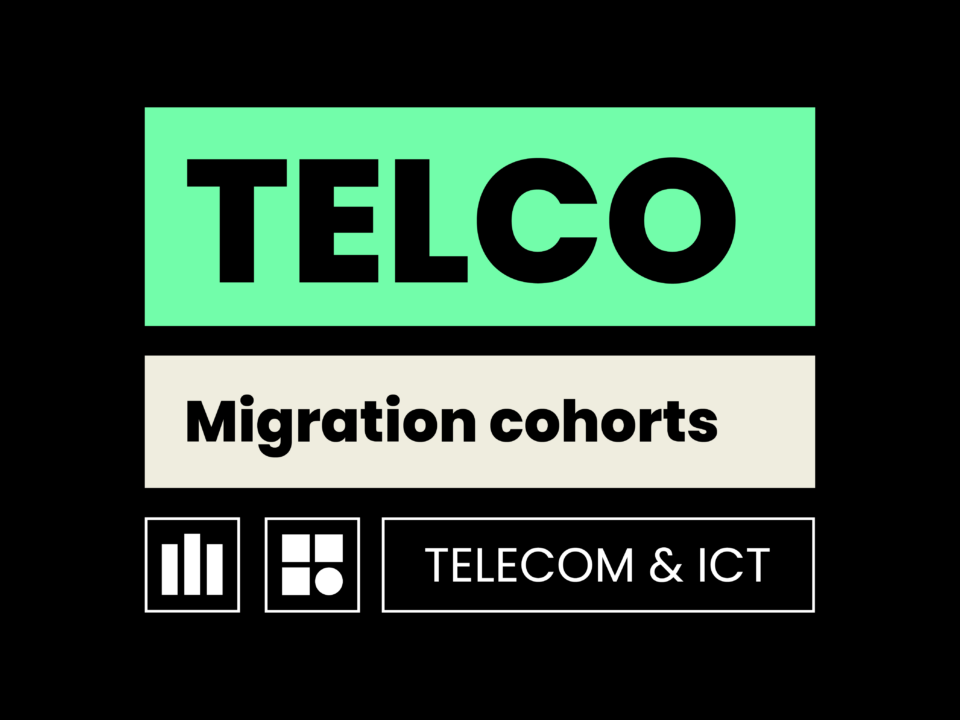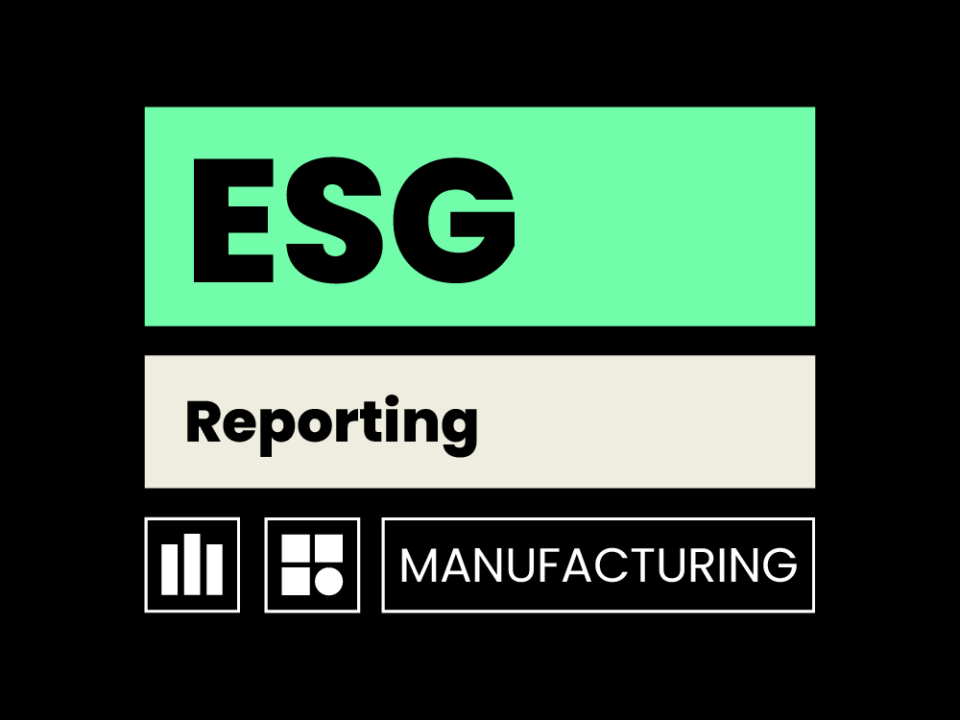Defining an IT migration roadmap for a private bank
How best to migrate a core banking system to future-proof technology?
01. The Question
A private bank in Belgium needed help defining an IT migration roadmap. The bank operates a core banking platform running on legacy technology, while the consumer-facing applications are built in modern technologies. The bank’s challenge is “how best to migrate a core banking platform to future-proof technology?”
Defining an optimal path forward requires alignment across the entire organisation, from IT staff to operational managers to executives. For the internal employees, the migration comes on top of ongoing projects and maintenance; hence they lack time and experience. Addestino was requested to “take a look” and map the current IT landscape.

02. The Process
To understand the IT landscape, we descended to the atomic level to understand application functionality, associated databases and data models, specific users and their processes. We interviewed employees, catalogued flows, and uncovered data dependencies. Due to their complexity and magnitude of impact, migration projects are realised in a phased approach.
It became clear that one challenge would be “turning spaghetti into ravioli”, identifying functionality with corresponding data entities and clustering them into functional modules. We built a two-part map of the world to show the entire IT landscape: a technical architectural view and a business process view. Linking the IT and business perspectives while creating a language understandable by all stakeholders—see graphics.

03. The Insights
The optimal way forward encompasses deliberate trade-offs that must be considered. And in this case, they were technical and functional dependencies, resource limitations, and business impact.
Technical and functional dependencies
Understanding dependencies is fundamental to migrating successfully. For example, how to segregate and move applications with data dependencies and frictional flows while minimising transitional hybrid situations. If the migration sequence is off, you waste resources on building and supporting temporary solutions.
Resource limitations
Knowledge of the legacy system is typically concentrated in a handful of people, representing a bottleneck as these critical resources are busy with support and maintenance. Training new people isn’t a short-term solution, and long-term doesn’t move towards modernisation.
Business Impact
The business impact has three main components.
- You must freeze specific parts of your application landscape to migrate them, so keep it short for change-intensive modules.
- Keep a team’s total transition time low to minimise working in a hybrid situation.
- Prioritise high-value modules addressing future customer needs.
04. the Result
We unrolled the map of the world, showing the entire IT landscape, a two-part overview showing applications and databases, underlying technology stacks, teams, and business processes. The CIO was thrilled because this view was previously unavailable. The project is ongoing as we continue to support future-proofing this bank’s IT landscape. When interested in discussing your IT evolution plans, Addestino is up for the challenge.
Want to know more about this case?



